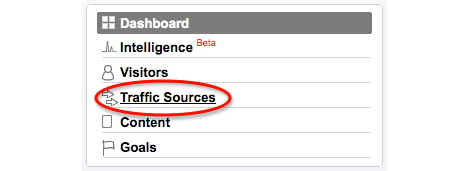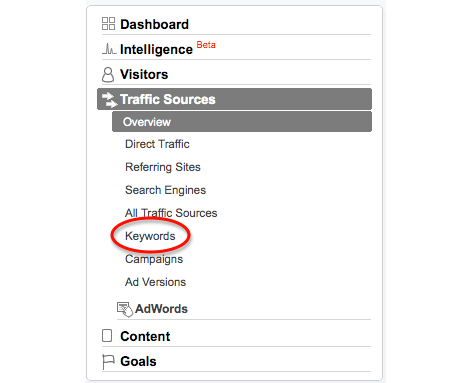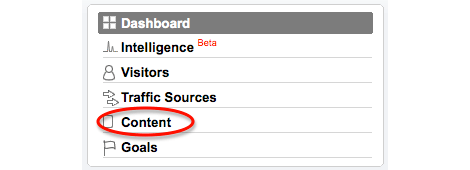When planning a website redesign, it is vital to understand what is working on your current site and what is not. Before diving into new ideas, start by following these initial steps for website planning.
Talk to Your Team
Ask the people within your organization what they like and don’t like about your website. Chances are you will get mixed answers, so take them with a grain of salt. The goal is to get a feel for strengths and weaknesses and this will often uncover unexpected areas for improvement. Look for feedback on the following issues:
- Overall look and feel
- Imagery
- Messaging
- Organizational Structure
Pay close attention to what the sales team has to say. They understand how to convert prospects and will be helpful in transforming your site into a marketing tool.
Talk to Your Target Audience
Talking to your internal team alone is limiting. Research shows that external perceptions are often different from internal, and therefore it’s important to understand how outsiders see your website.
The easiest audience to talk to is your current client base. Reach out to a handful of clients that are familiar with your site and ask them for feedback. Other audiences to consider include the following:
- Former business prospects that you lost
- Former employee prospects that you lost
- Partners
- Industry influencers
Consulting with these groups along with your internal team should help you understand which parts of your site are effective or ineffective during the website planning process.
Look to Your Analytics
If you have analytics (such as Google Analytics) installed on your current website, now is a good time to do a quick evaluation. Here are three easy pieces of data that can paint a helpful picture:
1. Traffic Sources – Most analytics programs can list your traffic sources, including referring websites, search engines and direct traffic. Look in particular at which specific websites are sending traffic to you.
Is more of your traffic coming from Google? If so, you will need to focus on maintaining your current search engine traffic when redesigning your site. Are you generating significant traffic from social media sites? If so, this may indicate that your redesign should be more interactive and social media friendly.

2. Keywords – Look to see which keywords are driving significant traffic to your website. A common mistake during a redesign process is to reorganize your site in a way that loses valuable search traffic.
For example, if the keyword “sustainable design services” is leading to visits, make sure your sustainable design page is set up and optimized in the same way on your new site as it is on your current site. By deleting this page or changing its content, you could hurt your web traffic.

3. Content – Evaluate the performance of individual web pages. If certain pages are heavily trafficked and perform well in search engines, you most likely want to have similar pages on your new site. Also evaluate which pages are leading to early exits from your site. If a page has a high bounce rate or a high exit percentage, take some time to figure out why before the redesign.

Consider a Usability Test
Website planning can be long and stressful, especially when multiple stakeholders are involved. To avoid internal arguments over navigation and design preferences, consider conducting a website usability test on your current site.
It sounds complicated and expensive, but it doesn’t have to be. A usability test can be as simple as asking five to ten randomly selected people outside of your company to use your website while someone on your team takes notes.
A typical usability test involves the user executing specific tasks (for example, “Please try to find the latest company news.” Or “Please register for the newsletter”). The tester records the session and analyzes it to discover where the user had trouble. This basic data speaks volumes and can your team make tough design decisions.
For more on usability testing, I strongly recommend Steve Krug’s book Don’t Make Me Think.
Looking for more information on website planning for your professional services firm? Preregister to receive a free copy of Hinge's upcoming online marketing research study.
